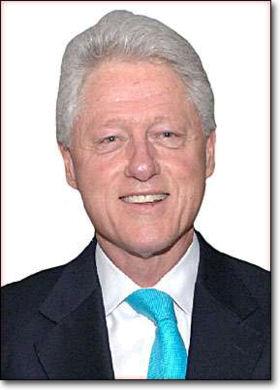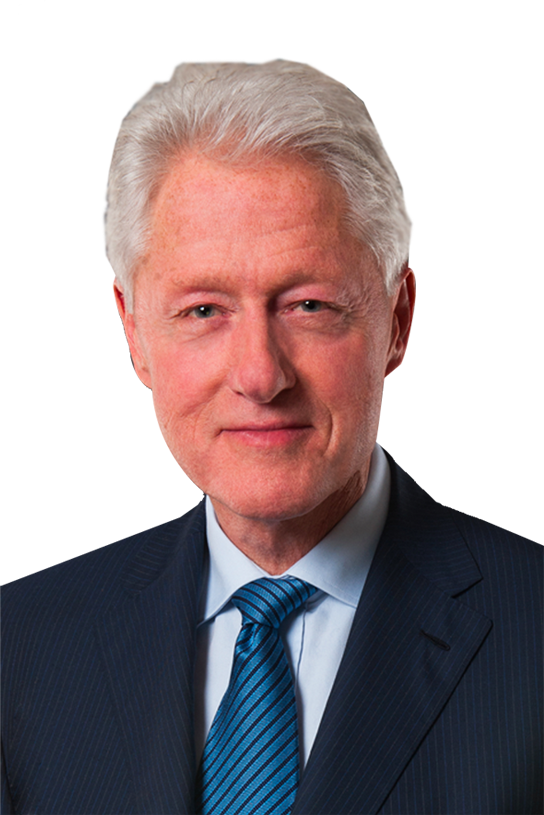How much do you know about the financial standing of U.S. Presidents? Bill Clinton, the 42nd president who served from 1993 to 2001, commands a net worth of $120 million when combined with his wife Hillary Clinton's income. This figure places him among the top earners in presidential history. A bold statement: Only two presidents in American history have achieved billionaire status.
Bill Clinton’s journey to amassing such wealth is intriguing. Upon leaving office, he began earning considerable income through public speaking engagements and book deals. It is documented that Clinton had a negative net worth of approximately $8 million when departing the White House. However, post-presidency earnings transformed his financial landscape significantly. His career after the presidency included lucrative contracts for speeches and publications, contributing to his current substantial net worth.
| Bio Data & Personal Information |
|---|
| Name: William Jefferson Clinton |
| Date of Birth: August 19, 1946 |
| Place of Birth: Hope, Arkansas |
| Spouse: Hillary Diane Rodham Clinton |
| Children: Chelsea Victoria Clinton |
| Career & Professional Information |
| Profession: Politician, Author, Public Speaker |
| Presidential Term: January 20, 1993 – January 20, 2001 |
| Party Affiliation: Democratic Party |
| Notable Achievements: Economic growth during tenure, balanced federal budget, NATO expansion |
| Net Worth: $120 million (combined with Hillary Clinton) |
| Reference Link: Biography.com |
Hillary Clinton has openly addressed the challenges of discussing their wealth. In an interview with PBS NewsHour, she admitted to missteps in articulating their financial situation. Despite initial negative net worth upon leaving the White House, the Clintons have since built significant wealth primarily through Bill Clinton's post-presidency activities. His speeches and books have generated substantial revenue, allowing them to recover and exceed previous financial setbacks.
The trajectory of Clinton's financial success post-presidency is not unique but stands out due to its magnitude. While several former presidents have leveraged their influence for financial gain, few have matched Clinton's ability to convert public service into private profit. For instance, his earnings from speeches alone amount to nearly $189 million pre-tax dollars, complemented by royalties from authored works.
Comparing Clinton's net worth against other presidents reveals interesting insights. Among the ten richest American presidents, only two achieved billionaire status. Clinton's wealth accumulation aligns more closely with those who capitalized on opportunities post-service rather than entering politics already wealthy. Notably, Donald Trump was the sole president whose net worth diminished during his term, largely attributed to the economic impact of the COVID-19 pandemic.
Understanding Clinton's financial journey requires examining both his personal history and broader economic trends. His ability to transform a negative net worth into one of the highest among former presidents underscores strategic financial decisions and market acumen. Moreover, it highlights how modern presidents can leverage their platform long after leaving office.
In evaluating presidential wealth, context matters. The Clintons' financial recovery post-presidency reflects broader societal shifts where public figures increasingly monetize their visibility. This trend extends beyond politics, impacting entertainment, sports, and other industries. As such, Clinton's story serves as a case study in contemporary wealth creation strategies.
Finally, while financial success often garners attention, it also invites scrutiny. Critics argue that excessive focus on monetary gains detracts from public service ideals. Nevertheless, Clinton's example demonstrates the potential for former leaders to thrive financially while maintaining relevance in global discourse. His continued involvement in philanthropy and policy discussions further enriches this narrative, showcasing a multifaceted approach to leveraging political capital.




